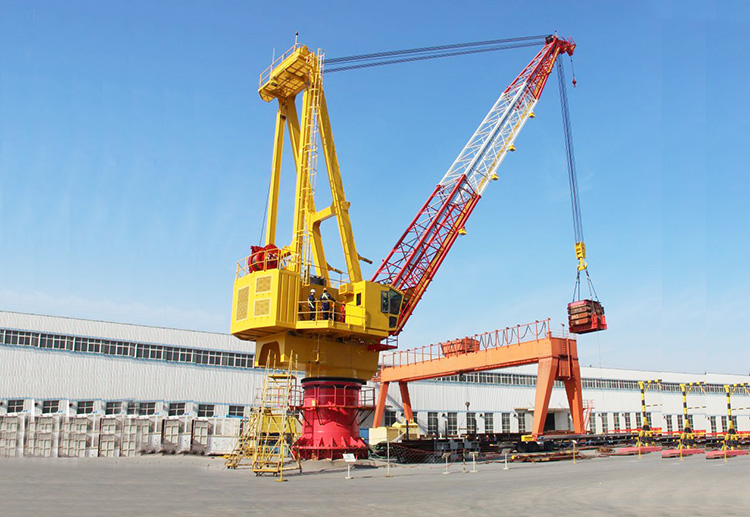Are you interested in learning about the specialized lifting solutions used for offshore oil and gas platforms and FPSOs (Floating Production Storage and Offloading)? Do you want to know how different cranes are designed to withstand harsh offshore environments and are built to meet the specific requirements of each project?
If so, then you’re in luck! Let’s explore the different types of offshore cranes and their uses in order for you to maximize the benefit of lifting solutions for offshore oil and gas companies and FPSOs.
Offshore Crane
Offshore cranes are essential for offshore operations as they enable the efficient and safe handling of heavy equipment and materials and install, maintain, and decommission offshore structures. These cranes are capable of lifting heavy loads at great heights and can be used for a variety of tasks such as drilling operations, subsea installations, platform maintenance, and more.
Offshore cranes are designed to withstand harsh marine environments and can be divided into two main types:
Pedestal cranes
Commonly used for light to medium-duty lifting tasks and have a rotating base mounted on a pedestal.

Stiff leg cranes
Designed for heavy-duty lifting tasks and have a fixed structure with legs that are firmly anchored to the seabed or the platform’s deck.
Offshore Stiff Leg Cranes
Offshore stiff-leg cranes are particularly suitable for deepwater installations where they can lift heavy loads to great heights with precision and control.
These cranes are commonly used for the installation of topsides and subsea infrastructure, such as pipelines, umbilicals, and manifolds.
Offshore stiff-leg crane service providers offer a range of services, including crane rental, installation, maintenance, and repair.

Offshore Modular/Portable Cranes
Offshore portable cranes are designed for flexibility and ease of deployment and are suitable for offshore platforms with limited space or weight restrictions.
These cranes can be assembled and disassembled quickly and transported to remote locations, making them ideal for offshore operations in remote or challenging locations.
Load Testing of Offshore Lifting Equipment
Load testing of offshore lifting equipment is an essential aspect of offshore rigging and lifting operations, ensuring that the equipment is fit for purpose and can safely handle the loads it is designed to lift.
Load testing involves subjecting lifting equipment to a load that exceeds its safe working load limit, usually up to 125% of its capacity, to check its structural integrity and functional performance.
Risk Assessment and Management
It is a crucial element of offshore rigging and lifting operations, as they help identify and mitigate potential hazards and ensure the safety of personnel and equipment.
Risk assessment involves identifying hazards and assessing their likelihood and potential impact, while risk management involves implementing controls to reduce the risks to an acceptable level.
Maintenance and Inspection
Maintenance and inspection of offshore rigging and lifting equipment in Malaysia are critical to ensuring the safe and reliable operation of offshore cranes.
Companies do regular maintenance and inspection which help identify potential issues before they become critical and prevent costly downtime and repairs. Best practices for maintenance and inspection include regular lubrication, wear, and tear checks, and non-destructive testing.
These companies employ experienced and trained personnel who are well-versed in international lifting standards and regulations, ensuring that all lifting operations are performed safely and efficiently.
These companies in Malaysia are among the leading providers of offshore lifting services, offering a range of lifting solutions to meet the unique requirements of offshore operations.